Several progressive power lens designs are available with different lengths of intermediate corridor, often referred to as the corridor length of the progressive surface. Hitherto, the choice of corridor length, especially for a new wearer, has been based upon the desire to reduce Minkwitz astigmatism by selecting a long corridor length, which is a principal feature of soft progressive designs, or by selecting a short corridor length to enable the wearer to reach an adequate near vision zone, particularly in a shallow eye frame. Short corridor lengths tend to result in hard progressive lens designs and, usually, a longer period of adaptation.
This year, Essilor has introduced its eighth-generation progressive lens design, the Varilux X-Series. Based upon the highly successful S-Series, the X-Series has paid special attention to the intermediate zone of the lens for viewing distances from 40cm out to 70cm, ie from the near point out to arm’s length distances. A completely new feature of one version of the Varilux X-series design is that it enables the wearer’s intermediate and near vision behaviour to be measured and incorporated into the design of the lens. In short, both the optimum progression length and inset required for an individual wearer can be measured and incorporated into the design of the lens. This has been made possible by the introduction of a new hand-held device designed to capture the wearer’s near vision behaviour, that is, how and where a subject holds their reading material.
Near Vision Behaviour
The purpose of measuring the Near Vision Behaviour (NVB) is to take into account the specific posture and positioning of the near material so that the position and length of the intermediate and near zones can be tailored for the individual wearer. There are two important steps in accomplishing this personalization, firstly, measuring the NVB, to determine where and how the subject holds the reading material, and secondly, incorporating this information into the design software for the lens.
To measure the NVB, Essilor’s scientists have developed a pseudo-reading test which, in conjunction with a motion-capture passive marker which is clipped onto a spectacle front; enables the position of the reading material to be accurately determined by measuring four different aspects of the subject’s posture and positioning of the material when reading. These four aspects comprise (figure 1):
- The downward angle of gaze measured from an initial primary position of the eyes (A).
- The gaze eccentricity (horizontal angle of gaze) (B).
- The reading distance (C).
- The NVB ratio, defined as the ratio of head and tablet lowering to gaze lowering during reading.
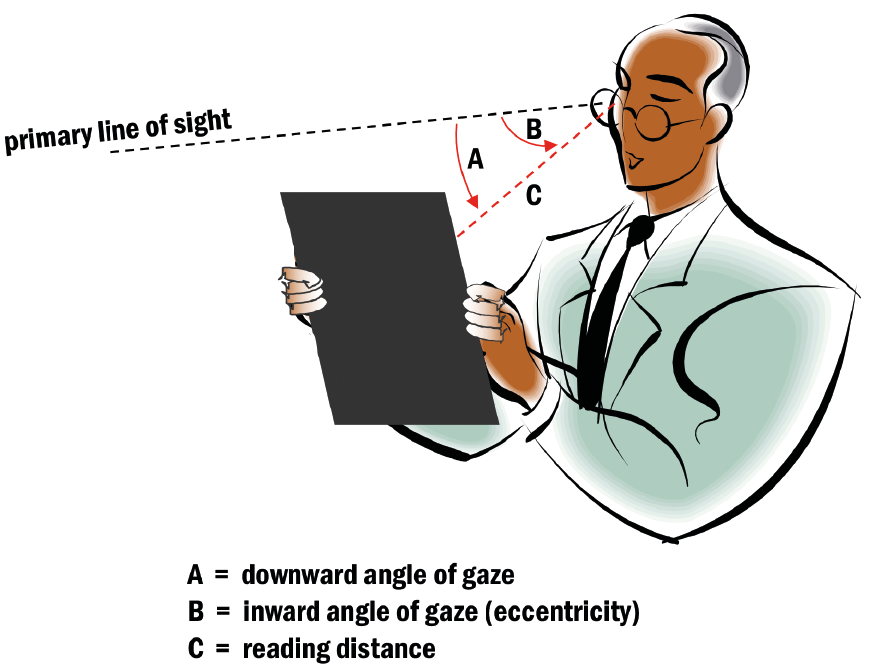
Figure 1: Measuring the Near Vision Behaviour
The reading test which is employed comes in the form of an app which can be downloaded to a tablet with an eight-inch or 10-inch display and a front-facing camera with at least 1Mpix resolution. Initially, the app has been designed to be used with an iPad Air. The pseudo-reading test is illustrated in figure 2.

Figure 2: The pseudo-reading test
Since the aim of the test is to determine ‘natural’ posture, ie the posture which the wearer would adopt if no optical correction is being worn to see the text clearly, and that many presbyopic subjects would have difficulty reading text without their spectacle correction, the app does not display normal text. Instead it displays large blue discs which move along the line in the same way as text which the subject is used to reading. For example, for most western languages, the text flows from left to right. In Arabic languages the text flows from right to left and in some oriental languages, the text flows vertically. Any one of these directions can be selected for the user who is asked simply to follow the blue disc as it moves across the screen. The background colour of the screen is white just as in most reading material.
The movement of the stimulus employed, the blue disc, was chosen carefully to reproduce the movement of the eyes during normal reading. The position of the disc and the length of time for which it appears has been shown to affect eye-head coordination.1 The shifting pattern of the disc was chosen to be as close as possible to that which would be obtained during normal reading. It is similar to the gaze pattern during reading in both position of the reading material and duration. Mean fixations, duration and saccades size were based upon the data obtained by several researchers and summarised by Rayner (1998).2 In the model chosen, the mean fixation of an adult reader is 233 milliseconds and the mean saccade size is 6.3 characters long (obtained by taking into account the average number of fixations per 100 words, the percentage of regressive fixations, and the mean length of an English word).
In order to generate eye movements which are close to normal behaviour, the duration of the stopping phase of the disc and the distance between two successive disc positions are deliberately variable. A fixation can last between 215 and 250 ms and a saccade can have a size between 5.8 and 8.8 characters. The pseudo-reading test is quite rapid being set to last for some 18 seconds, this short duration being chosen to avoid losing the subject’s attention. The task has been made easy to undertake in that successive positions of the disc are shown on the screen by a pattern of grey dots, so that the subject knows precisely where the next appearance of the blue disc will occur. The test does not exactly reproduce the eye’s reading movement pattern in that it does not contain backward saccades, a choice which was made to make the test as predictable as possible.
The test can be coupled with Essilor’s Visioffice instrument in that Visioffice can determine the primary position of the eyes from which the near vision gaze angles are measured. The test begins with the clip attached to the spectacle front, and the Visioffice camera used to take a frontal and three-quarter picture of the subject wearing the frame with the clip attached. If the measurements are to be taken without Visioffice the practitioner must take the two photographs, frontal and three-quarter views, with the rear-facing camera of the tablet which is being employed. These photographs establish the primary lines of sight in distance vision from which the gaze angles shown in figure 1 are measured. The subject is then asked to sit in a chair without arms, and given the tablet to hold with two hands as if reading a book in the usual posture. The camera in the tablet should be at the top as shown in figure 2a. The camera records the clip position each time the blue disc appears which the subject has been asked to follow. The large blue disc first appears at the centre of the tablet’s screen (figure 2b) to ensure that the camera has detected the clip. If the camera cannot detect the clip a message appears asking the subject to turn the tablet upside down to position the front camera at the bottom of the tablet to enable posture detection. When the camera has detected the clip, the measurements can be recorded. At the beginning of the test the blue disc moves to its starting position (top left-hand side of the screen for Western languages), shrinking to a smaller size as shown in figure 2c, and the subject is asked to follow the target as it moves along the line and down the page to the next line at the beginning of each row.
The result of the pseudo-reading test is output as a seven-digit alphanumeric code which combines two pieces of information, the NVB point and the NVB ratio. The NVB point is the point representing the centre of the near visual zone which the subject used during the test and its final position will be determined by the software when full details of the prescription are known since the position must take into account the prismatic effects linked to the lens power. The NVB ratio, the ratio of head and tablet lowering to gaze lowering, is used to determine the vertical extent of the near visual zone and is dependent upon the dispersion of the stimuli around the NVB point (figure 3).
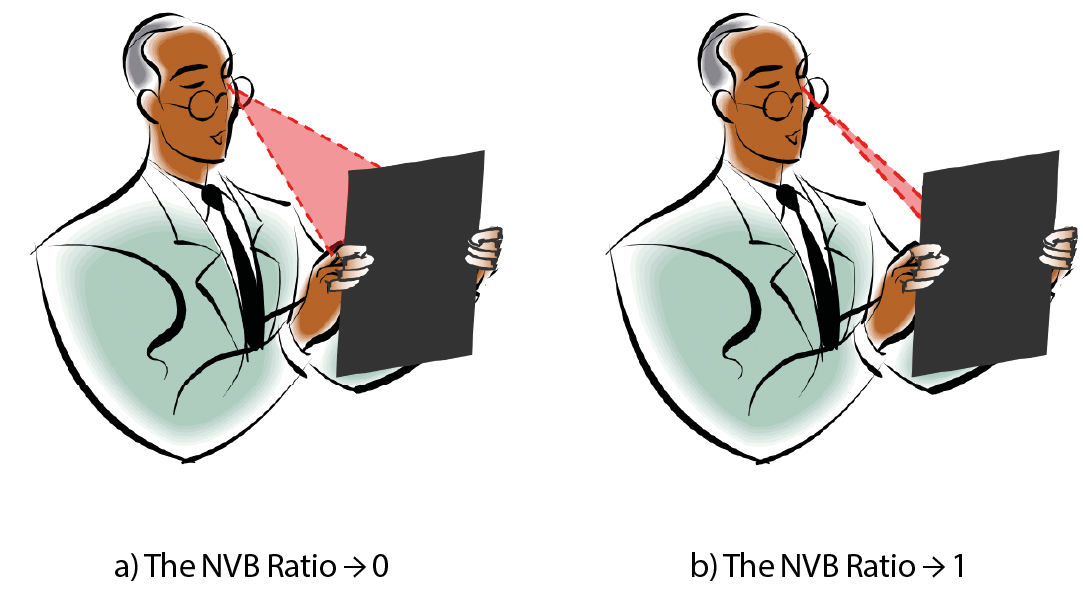
Figure 3: The NVB Ratio
If the dispersion is large, the wearer used a large zone of the lens area when viewing near objects (NVB ratio → 0). If the dispersion is small, the wearer tended to lower the head as they read down the page, the gaze direction of the eyes tending to remain fixed, when the NVB ratio → 1. Thus, locating the position of the near visual zone for an individual wearer enables the computer software to design both the optimum corridor length and the optimum inset depending upon the actual behaviour of the individual when reading. Since the distance of the tablet during the pseudo-reading test is known, together with the vertical and horizontal gaze angles, the (x,y,z) coordinates of the NVB point are known and this information enables real rays to be traced from the NVB point through the lens by the computer software during the optimisation process for the lens.
In addition, NVB optimisation modulates the rate at which the power increases between the distance and intermediate zones and reduces any surface astigmatism along the meridian line. As a result, the corridor width is wider for this zone of the lens and the ranges of vision for each zone of this area of the lens are increased since the rate at which the addition power increases has been altered.
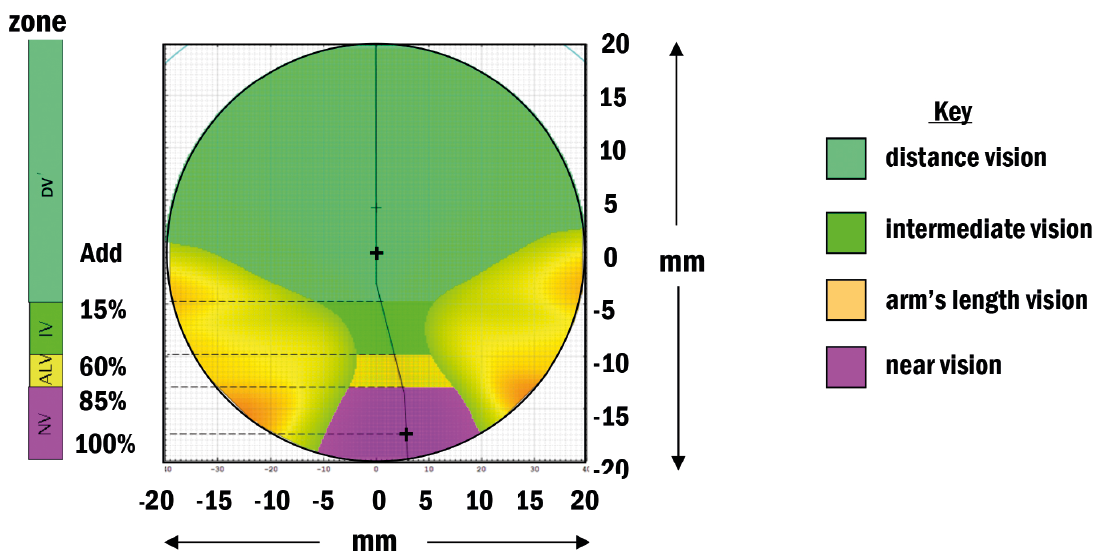
Figure 4: NVB optimisation of the progression and near vision zones
Figure 4 shows the results of NVB optimisation. The large green area which covers the distance zone and the progression zone down to where the near addition has reached 15% of its total value is not optimised for near vision behaviour. The bright green zone which extends from 15% of the addition down to a point where 60% of the full near addition has been reached, is optimised for the intermediate field extending from the distance field to just beyond arm’s length vision. One result of the optimisation for this zone is to slow down the rate of increase of the addition so that the magnitude of the addition is slightly less than it would have been if optimisation had not taken place. At the same time any astigmatism along the meridian line is minimised to improve the quality of the imaging performance within the zone. The orange zone covers the range from arm’s length vision down towards the near point the addition power increasing from 60% to 85% of the full near addition. Within this zone the rate of increase of the addition power becomes faster to provide 85% of the full addition at about 12mm below the start of the progression, a requirement which was observed during the design of the original Varilux Comfort lens. The purple zone in figure 4 represents the near zone of the lens in which the near addition increases to its full value.
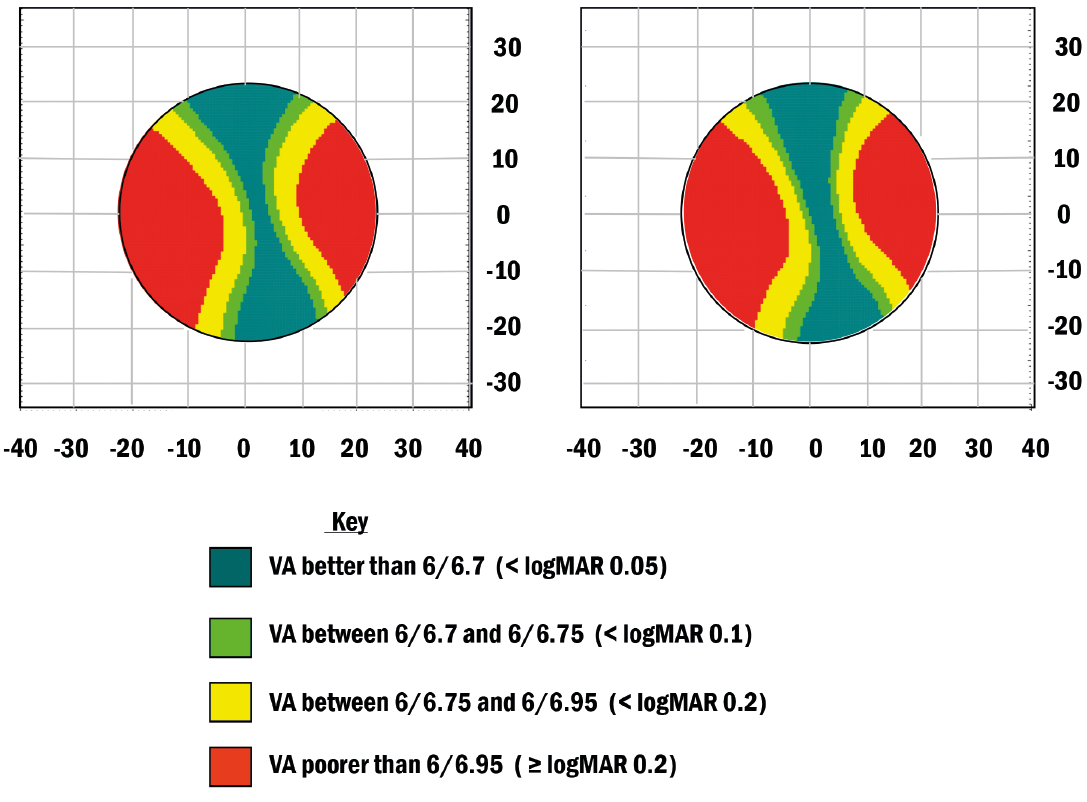
Figure 5: Result on visual acuity of optimisation of the progression and near vision zones
Figure 5 illustrates the effect on an acuity map of the optimisation in the various portions of the lens. The diameter of the lens is 45mm, centred on the geometrical centre of the design. This diameter has been chosen since it is typical of the vertical box dimension of a spectacle frame. It can be seen that there is widening of the progression and near zones with only a very small change in the distance zone of the lens. Visual acuity in the intermediate and near zones of the lens was calculated from a review of typical modern visual tasks which are undertaken at these distances. Typical letter sizes such as those found in reading material, such as books and newspapers, those used in tablets and mobile phones and on laptop displays were used to determine the necessary acuity for each of these tasks. The visual acuity was determined by measuring the letter heights (figure 6) and converting them to logMAR values by means of the expression
VA (logMAR) = log{tan-1[letter heightx0.2/distance]x60}.
Thus if the overall letter height for a 15.6-inch laptop screen is 3.25mm (using 1,920x1,080 resolution, and a Microsoft Word document using Times New Roman typeface set to ‘Page Width’ and viewed at a distance of 500mm), the letter detail is one-fifth of the letter height and the VA expressed in logMAR is
log{tan-1[3.25x0.2/500]x60} = 0.65.
This corresponds to a VA of 6/26 (or, about, N8).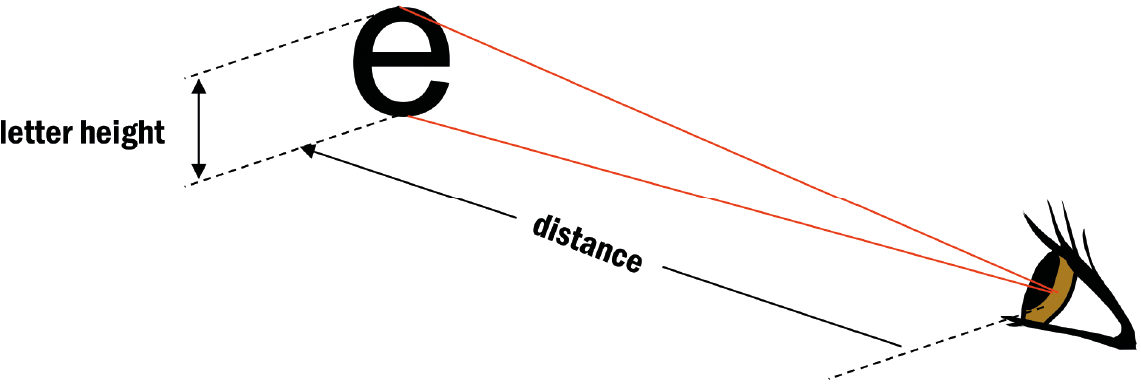
Figure 6: Calculation of visual acuity for intermediate and near zones
Varilux X-series
The eighth-generation Varilux X-series is based upon the double-surface progressive design the Varilux S-series. The S-series introduced three new features;
- Synchroneyes – a binocular harmonisation of the lenses to ensure a wide field of balanced vision.
- Nanoptix – to provide the best form for distance and near and to ensure that accuracy of the surface was maintained during manufacture.
- In the case of the Varilux S-4D design, a third feature ensured that the performance of the lens was optimised in terms of the positioning of the meridian line of the progressive surface taking the dominant eye into account.
The new Varilux X design retains all these features but has added Near Vision Behaviour to the progression and near zones, the optimisation process for this new feature enabling the correct corridor length and inset to be measured and incorporated into the design. This new feature, together with a power modulation along the meridian line, enables extended ranges of vision to be obtained at intermediate and near.
The range of vision is the field within which a subject can view an object clearly and depends on the power of any lens being worn, the amount of accommodation which can be exerted and the depth of field of the subject. For example, an emmetrope who has an amplitude of accommodation of 2.00 D has a range of vision extending from infinity down to a near point at 50cm, ignoring, for the moment, depth of field effects (figure 7a).
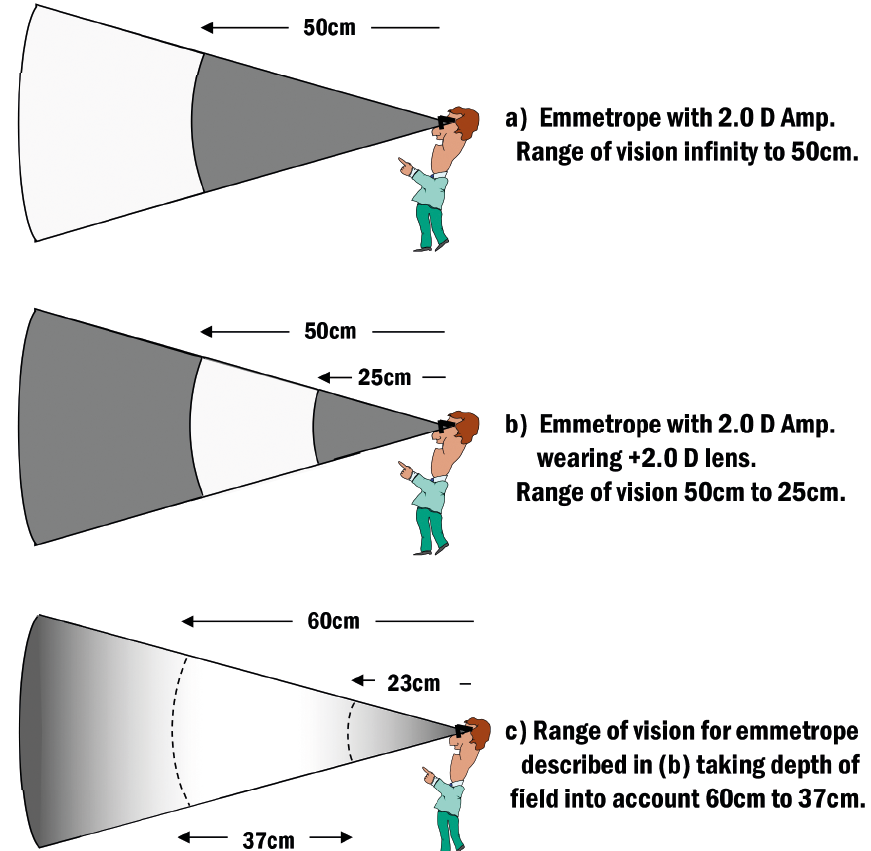
Figure 7: Illustration of ranges of vision
When this subject, who is obviously presbyopic, wears a pair of +2.00 D lenses to enable clear vision at a usual reading distance, the lenses render the eyes artificially myopic by 2.00 D and the artificial far point moves to 50cm and the near point to 25cm (figure 7b). These values ignore the depth of field which increases the range within which the subject can obtain good vision. The depth of field depends upon the pupil diameter, the smaller its diameter, the greater becomes the depth of field. Campbell has shown3 that the depth of field, E, can be expressed in dioptres by the empirical formula
E = ± (0.75/g + 0.08) D
where g is the pupil diameter. For a typical presbyope whose pupil diameter is in the region of 3mm, the depth of field is ±0.33 D, the range of vision for the emmetrope depicted in figure 7 within which good vision can be anticipated has increased from 25cm to 37cm (figure 7c).
In the design of the Varilux Comfort series at the beginning of the 1990s, it was established that in order to scan a sheet of A4 paper on a desk in front of the wearer, at least 85% of the full near addition should be obtained at a point some 12mm below the fitting cross position, the full addition becoming available as the subject reads to the bottom of the sheet (figure 8).
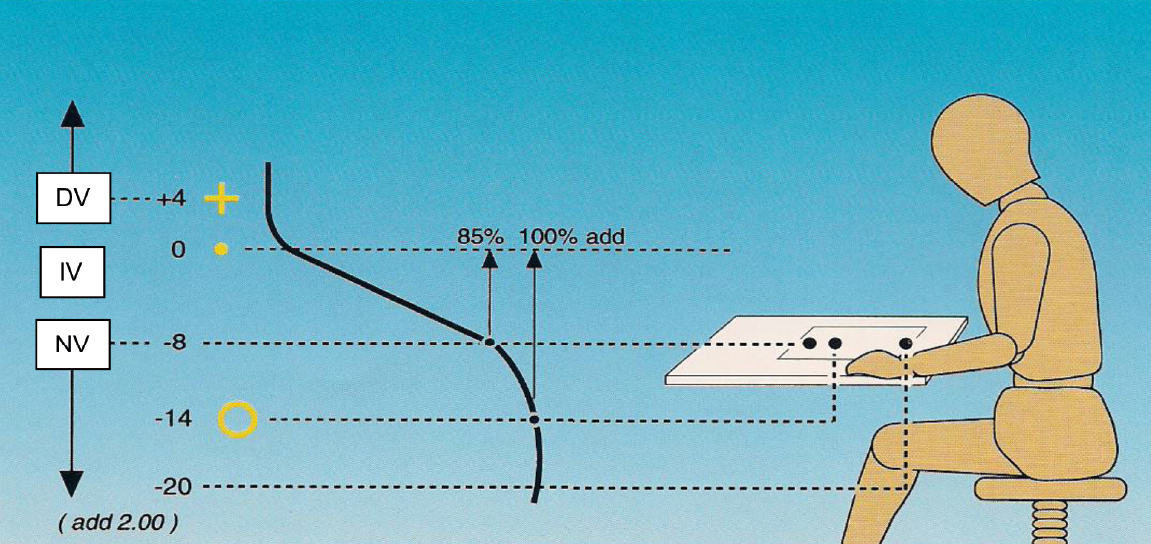
Figure 8: The power profile in the progression and near zones for the Varilux Comfort design
The power law which was employed is fully described in Essilor’s patent 4 of 1994. The surface power at point C on the progressive surface, FC, (which is the mean surface power at C) is specified as
FC = F1 + kA
where k itself is a function of the addition, A,
k = -0.00836A2 +0.00381A +0.8977.
The position of point C is given in relation to the geometrical centre of the lens G, by
xC = 0.152A2 - 0.293A + 2.157
yC = 0.34A2 - 0.425A - 6.422
For the semi-finished blank, F1 = +5.50 with a +1.75 near addition, the power at point C which, from the above expressions, lies 6.1mm below and 2.1mm inwards from G is +7.04 D (figure 9).
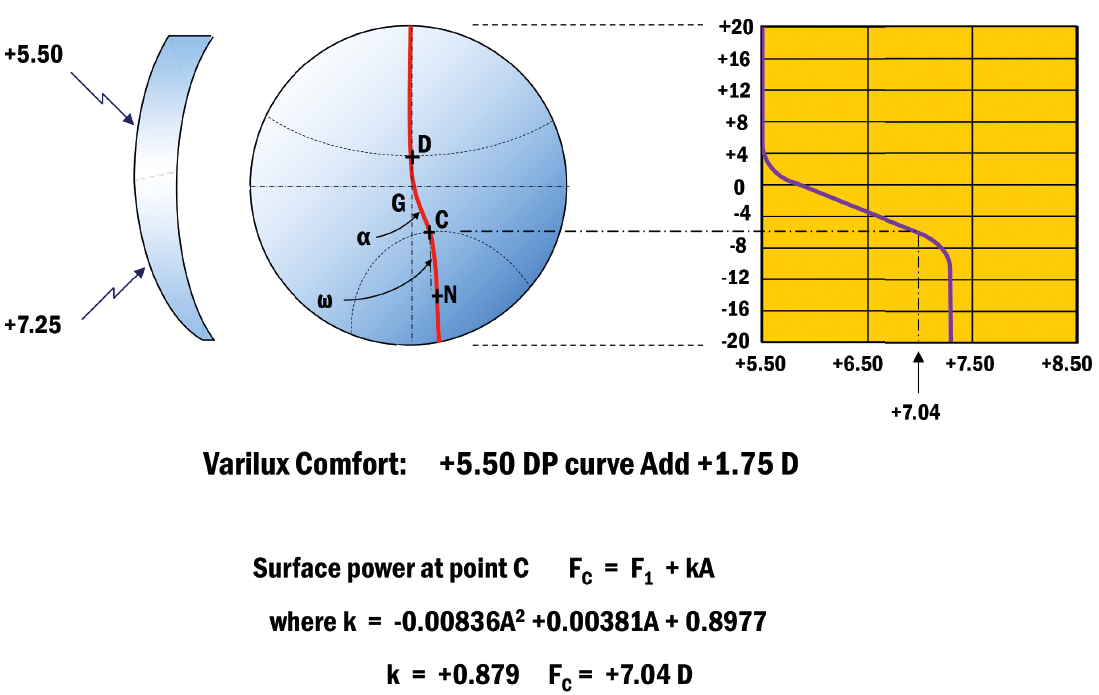
Figure 9: Determination of the power law for the Varilux Comfort design
The derivation of these functions is not divulged in the patent but it is stated that it is important that at least 85% of the full addition is reached at point C, near the top of the near portion, which is indeed the case in this example.
For the Varilux X-series, the power law has been modulated to that shown in figure 10 where for the region 12mm to 16mm below the fitting cross which is positioned 4mm above the geometrical centre of the lens, the dotted line shows the original rate of the power increase and the full line shows the slowing down achieved in the case of the X-series design. As a result, for the gaze angle indicated, the visual axis intersecting the lens some 13mm below the geometrical centre, the addition achieved is +1.58 D instead of +1.70 D in a design without any power modulation having been applied. Table 1 shows the effect of this Xtend technology after which the X-series could have been named.

Figure 10: Result of modulation of the power law in the progression and near vision zones
It can be seen from table 1 that application of the Xtend technology has extended the range of vision by over 16%.

Table 1: Effect of Xtend technology
In addition, the power modulation provided by Xtend technology reduces the amount of unwanted astigmatism along the meridian profile. Figure 11a shows the actual tangential and sagittal powers which are obtained along the meridian line in the intermediate zone of a progressive lens for an addition of +1.75 D. These powers are usually averaged to depict the power law of the design shown in figure 11b, the actual plot being that of the mean power, (T+S)/2. The Xtend technology virtually eliminates astigmatism along the meridian line so that the tangential and sagittal powers are almost the same all along the meridian line, the power law for a +1.75 D addition, marked M in figure 11b, now representing the increase in power with almost zero astigmatism.
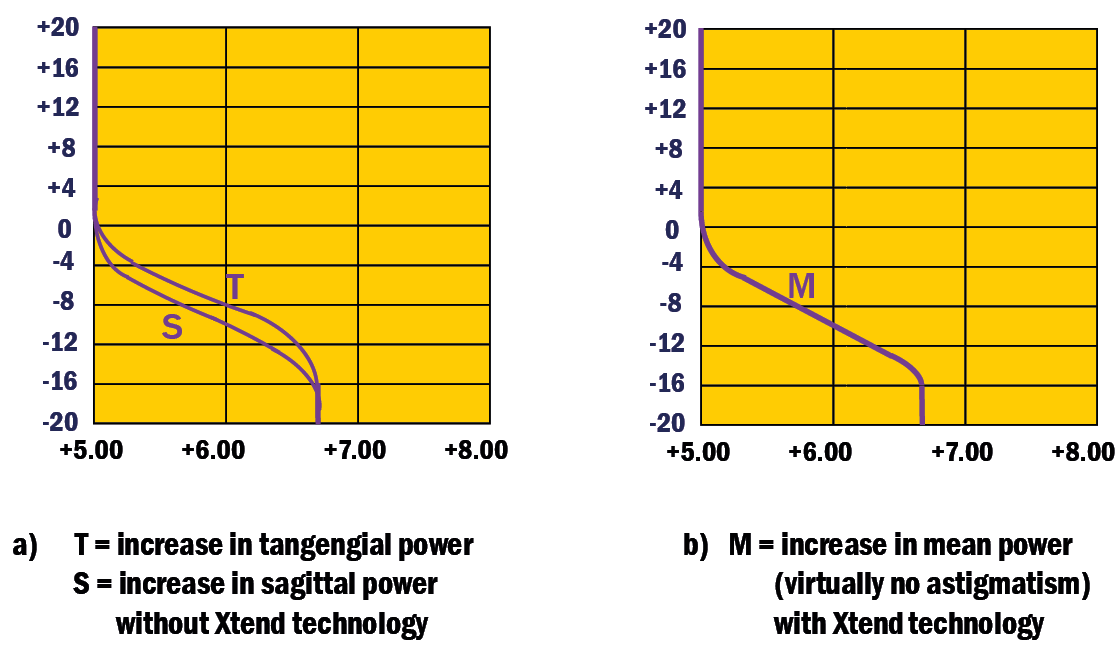
Figure 11: Decrease in aberrational astigmatism along the meridian line of the lens
In summary, Varilux X is an advanced version of the Varilux S design with power modulation in the progression zone. This provides extended ranges of vision between the distance and intermediate zones and intermediate and near when compared with the S-series lens. By being able to measure an individual’s near vision behaviour and the corridor length and inset which is required, taking the prismatic effects of the pair of lenses into account, enables a level of personalisation not seen before in progressive power lenses.
In a nutshell, the Varilux S design widened the distance zone for the progressive lens wearer. Varilux X has now widened and extended the intermediate and near zones of the lens.
Availability
The new design is available in four different versions, each version being obtainable in five different materials5 (figure 12).
The two basic versions, Varilux X design and Varilux X design Short can be ordered without any personalisation information being included in the prescription order.
Varilux X2 enables frame personalisation details to be added to the order including the vertex distance, as-worn pantoscopic and face form angles.
Varilux Xclusive 4D, for which the lens fitting instrument Visioffice is necessary, offers complete personalisation by enabling the practitioner to measure the NVB by means of the tablet incorporating the X-series app together with the frame clip and in conjunction with the measurements from Visioffice, which indicates the dominant eye and the full mounting information including Eyecode, the measurement of the position of the eye’s centres of rotation.
The power ranges for each design are shown in figure 12.
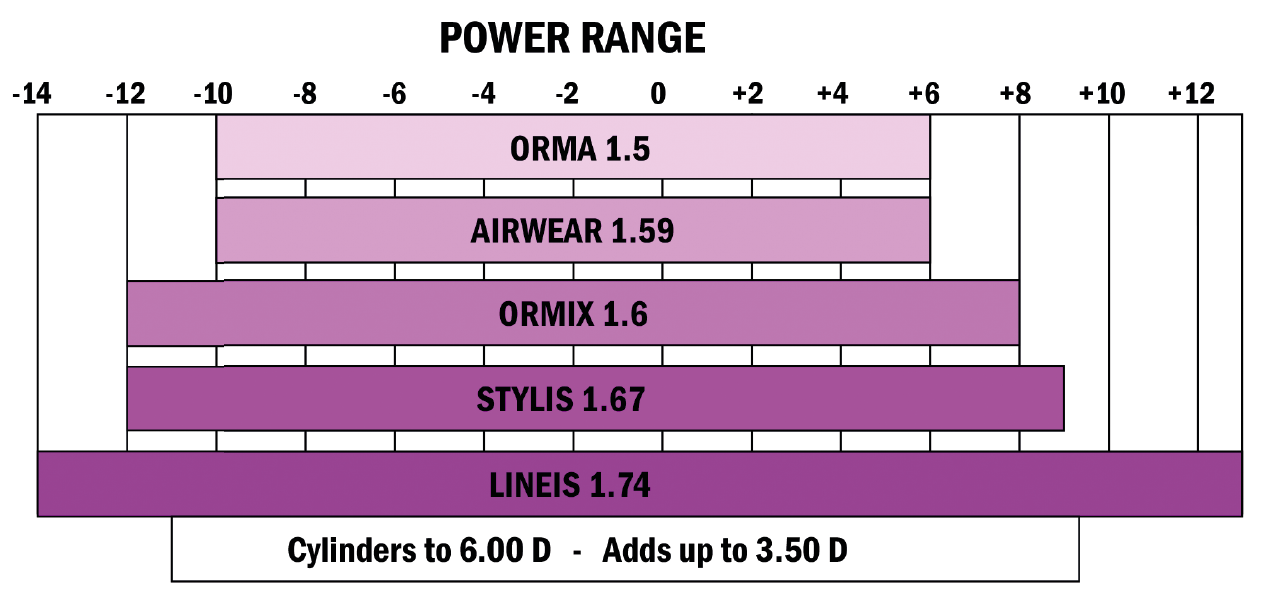
Figure 12: Availability of lens powers and materials
Professor Mo Jalie is a visiting professor at Ulster University and author of the new edition of Principles of Ophthalmic Lenses.
References
- Oommen BS, Smith RM, & Stahl JS. (2004). The influence of future gaze orientation upon eye-head coupling during saccades. Experimental brain research 155, 9-18.
- Rayner K. Eye movements in reading and information processing: 20 years of research. Psychological Bulletin, 124, 372-422.
- Campbell FW. (1957) The depth of field of the human eye, Optica Acta 4:1, 57-164.
- US Patent 5270745 (1993), Pedrono C, Progressive Multifocal Ophthalmic Lens.
- Varilux X-clusive 4D brochure. Essilor UK, Thornbury.
